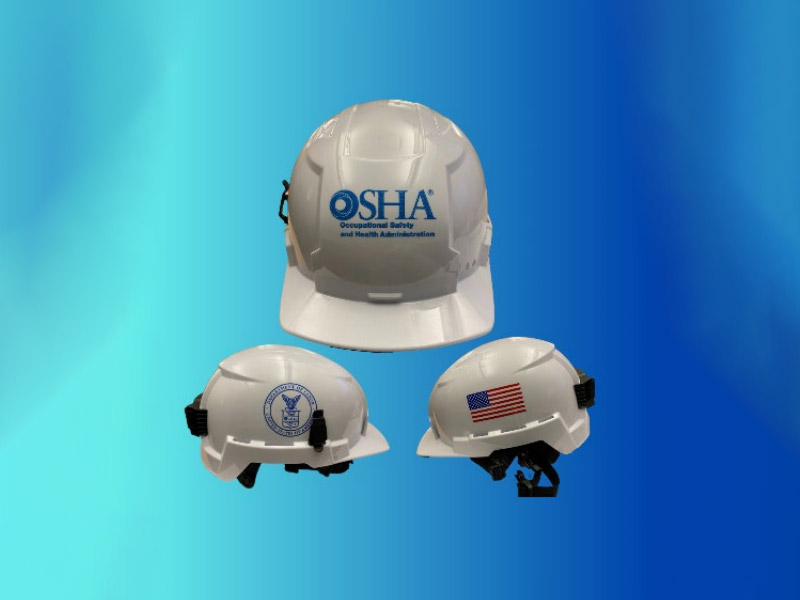Each year, thousands of construction workers suffer head injuries, often caused by falling objects or contact with overhead hazards. In 2020, nearly 6% of non-fatal occupational injuries requiring time off work involved head injuries, with almost half resulting from contact with objects or equipment.
To reduce these risks, OSHA has recommended shifting from traditional hard hats to modern safety helmets. While hard hats have been a cornerstone of workplace safety since the 1960s, safety helmets offer enhanced protection against a broader range of hazards. Here’s how safety helmets are improving worker safety:
Benefits of Safety Helmets
- Enhanced Protection
Safety helmets cover the entire head—including the top, sides, front, and back—unlike hard hats, which only protect the top. - Secure Fit
Safety helmets feature chin straps that keep them securely in place during falls or sudden movements, reducing the risk of displacement. - Greater Comfort
These helmets are lightweight, made of durable materials, and fit closer to the head, reducing neck strain during extended wear. - Compatibility with Other Gear
Safety helmets easily integrate with additional protective gear, such as face shields, goggles, hearing protection, and communication systems. - Increased Longevity
While hard hats typically need replacing after five years, safety helmets can last up to 10 years with proper care. - Better Impact Distribution
Safety helmets include suspension systems that evenly distribute the force of an impact, reducing the likelihood of severe injuries.
Implementation and Industry Recommendations
Although OSHA strongly advocates for the adoption of safety helmets, this change is not yet mandatory in all workplaces. The gradual rollout allows employers to evaluate their specific needs and transition accordingly. In addition to construction, OSHA recommends safety helmets for industries like oil and gas, high-temperature environments, electrical work, specialized tasks, and jobs that involve working at heights.



